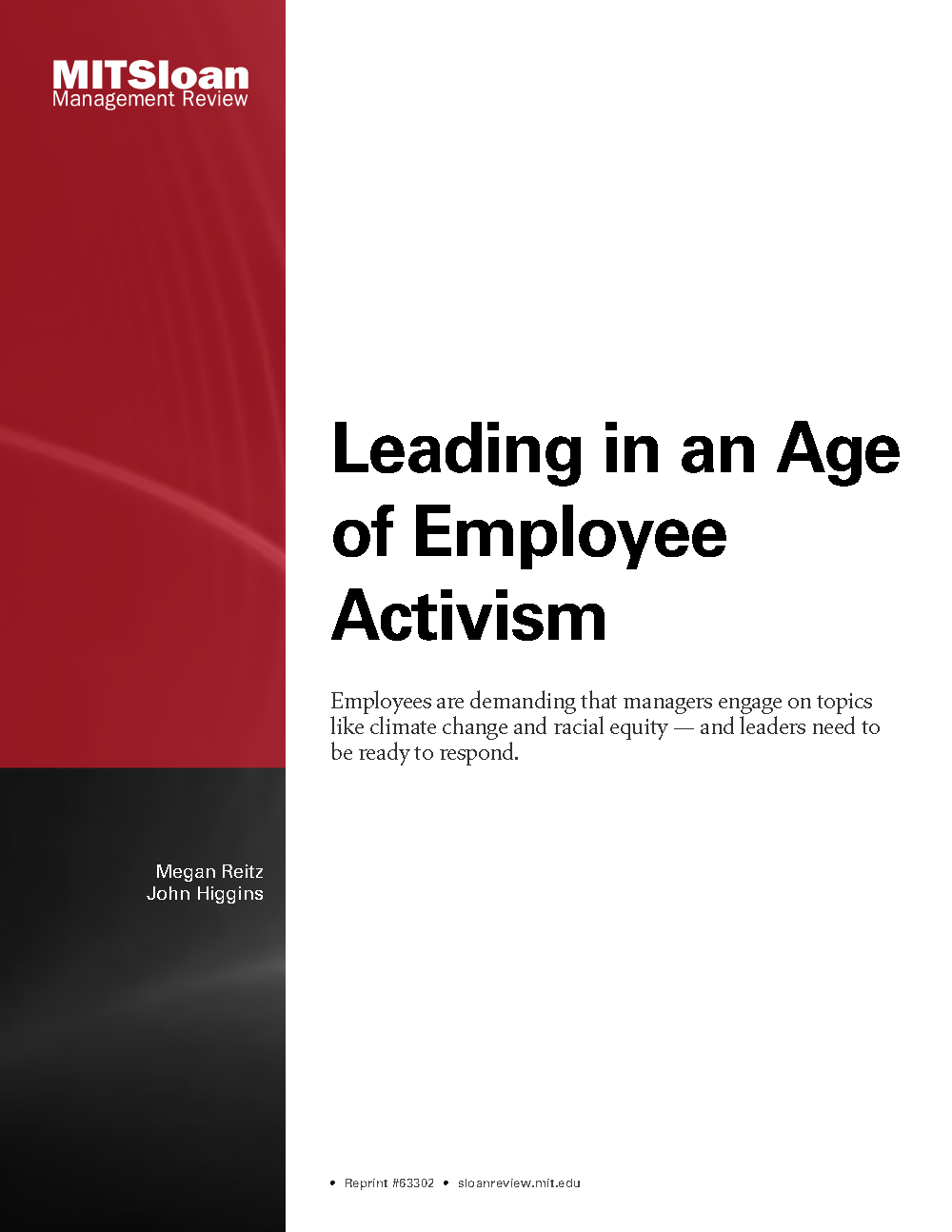
When Bad People Rise to the Top
Observers are often amazed when executives with impressive track records are mysteriously transformed into corrupt and tyrannical monsters once they become chief executive officers. In truth, these executives often had serious character flaws that were either hidden or ignored for years. Corporate boards and search committees are not likely to detect personality problems of promising CEO candidates simply by examining their resumes or by conducting standard job interviews. This raises the question of how corporate boards or CEO search committees can penetrate the facade of an upwardly mobile executive who is, in reality, a wolf in sheep's clothing.
What danger signals do these individuals exhibit and what measures can be taken to reduce the likelihood of hiring a dysfunctional CEO? The author identifies eight potential danger signals including: an obsession with acquiring prestige, power, and wealth; a proclivity for developing grandiose strategies with little thought toward their implementation; and a fondness for a data-driven management style that overshadows or ignores a broader vision. Even sterling CEOs occasionally exhibit one or more of the danger signals described here. Potentially bad CEOs, however, usually possess several of these characteristics, and they exhibit them repeatedly.
There is no ideal method for selecting a CEO, and there may be no executive position that provides a true test of a person's fitness to assume the top job, but there are several ways that a company can limit its risks when deciding on a CEO. Boards are usually cautious when looking at CEO candidates from outside the organization. They are more likely to be lulled into a sense of complacency, however, when considering an internal candidate. Some suggestions for screening prospective CEOs include disregarding the time-tested rule that past success is a predictor of future success, performing a thorough background check that focuses on a candidate's integrity and interpersonal skills and using experience-based interviews to test CEO finalists
What danger signals do these individuals exhibit and what measures can be taken to reduce the likelihood of hiring a dysfunctional CEO? The author identifies eight potential danger signals including: an obsession with acquiring prestige, power, and wealth; a proclivity for developing grandiose strategies with little thought toward their implementation; and a fondness for a data-driven management style that overshadows or ignores a broader vision. Even sterling CEOs occasionally exhibit one or more of the danger signals described here. Potentially bad CEOs, however, usually possess several of these characteristics, and they exhibit them repeatedly.
There is no ideal method for selecting a CEO, and there may be no executive position that provides a true test of a person's fitness to assume the top job, but there are several ways that a company can limit its risks when deciding on a CEO. Boards are usually cautious when looking at CEO candidates from outside the organization. They are more likely to be lulled into a sense of complacency, however, when considering an internal candidate. Some suggestions for screening prospective CEOs include disregarding the time-tested rule that past success is a predictor of future success, performing a thorough background check that focuses on a candidate's integrity and interpersonal skills and using experience-based interviews to test CEO finalists




